The content of the article
Recently, people prefer to start exotic animals instead of cats and dogs. Among the four-legged friends, ferrets and chinchillas are gaining wide popularity, we’ll dwell on the latter. Chinchillas are small furry creatures scurrying from corner to corner. Animals are different wayward, kindness and love for people. Consider the important aspects in order.
If you are only planning to have a chinchilla as a pet or are already the owner of a fluffy ball, it makes sense to consider basic care down to the smallest detail. Chinchillas can live for about 15 years at home, if all the conditions regarding feeding, habitat, swimming and other nuances of maintenance are met.
Cage for chinchilla
In order to successfully maintain a chinchilla at home, it is not necessary to build a complex structure like that built on farms.It is enough to get a cage of the right size and arrange it properly.
The optimal size is considered to be 60 cm in height, 60 cm in width, 70-80 cm in length. If possible, purchase a larger cell, it all depends on finances. To facilitate the life of the owner will help the requirements that must meet the cell.
- If you plan to engage in breeding chinchillas at home, the distance between the bars of the cage should not exceed 2 cm. Otherwise, the appeared kids can easily slip out of the house, causing both the female and the owner to be nervous.
- Chinchillas love comfort and darkness. For these purposes, it is necessary to purchase a plastic house with a roof, in which the animal will be able to spend the night or take shelter in case of poor health or fear. The cage must be equipped with a pallet in which chips or sawdust are poured. The filler should be changed 1 time in 5-7 days, whenever possible more often.
- The cell must necessarily contain fortified stone. Chinchilla belongs to rodents, for this reason it needs constant teeth turning. Besides the fact that the animal will turn off the teeth mechanically, it will also accumulate useful minerals and macronutrients.
- To abide by the rules of keeping a chinchilla at home, you need to put a feeder and a drinker in a cage. Attach bowls to the door or wall of the enclosure. Do not place containers on the floor, otherwise the animal will constantly overturn them. In addition, the food will get sawdust and waste. The pet will refuse to eat because it is excessively clean.
- Chinchillas are herbivores, for this reason you should always have hay or fresh grass in your arsenal. For this purpose, equip an additional tray in the corner of the cage. Optionally, you can make a suspended feeder for hay from the grid, it all depends on personal preferences and the size of the home.
- Pets of this kind prefer to sit on higher ground than in lowlands. Build a shelf for the animal, if possible, make several sites. You can build a structure of several shelves to pet jumped from one step to another.
- Pet shops sell special antibacterial sand for rodents. If you have enough space in the cage, purchase the composition and make a kind of bath. A chinchilla will burrow in the sand, cleaning the wool.
- Chinchillas are the cleanest creatures of all the available rodent species. The litter of the pallet needs to be changed regularly as it gets dirty, and once a week it is necessary to carry out general cleaning of the cage.
Feeding chinchilla
Chinchillas are fastidious animals in terms of food. If you teach a pet to one diet, it will be quite problematic to switch to another.
- During the acquisition of the animal from the breeders ask what kind of food they gave pets. Find out the brand, name, series. If possible, purchase the mixture with chinchilla. It does not matter what type of pet you decide to have (coastal or small long-tailed), everyone has different taste preferences.
- When choosing a feed, pay attention to the shelf life. Prefer premium varieties. If it is not possible, mix "luxury" and "economy" in a ratio of 1: 1. As a rule, breeders feed individuals with a mixture that includes wheat and rye bran, oats, wheat germ, barley, flour of all varieties, minerals and fortified supplements.
- With regards to the frequency of feeding, the procedure is carried out twice a day.The portion of granulated feed for an adult individual is 60 gr. To diversify food, give your pet fresh grass or hay, but do not mix the two types together. Chinchillas are not indifferent to carrots, cabbage, apples, pears, dried apricots. However, these products can be given in the form of treats.
- Domesticated chinchillas often need fortified complexes that are sold in pet stores. Choose the optimal composition will help the vet when you take the animal to the first vaccinations. As a rule, vitamins must be given twice a year. Supplements are available in powder or gel form, which dissolves in water and is infused with a syringe.
- Chinchillas love sweets very much. For a piece of chocolate or raisin, they will serve you on small hind legs. It is important to be careful while feeding a treat, the animal may develop an allergy. Pet pet no more than 1 time in two weeks.
- Every day, change your pet water in a drinking bowl. The liquid must be clean, filtered, drinking. Never water your pet with running water to prevent intestinal upset.
Chinchilla temperature
In the wild, chinchillas live in temperate climates. Because of the thick fur, they can not exist in the heat, so it makes sense to talk about the optimal temperature conditions in the apartment.
- To make the animal feel comfortable in the summer, it is better to install a split system (air conditioning). In cases where the temperature crosses the mark of 28 degrees, the chinchilla can die from heat stroke.
- The optimal conditions for the maintenance of the animal are indicators from 18 to 23 degrees. Do not allow hypothermia, make sure that the mark does not fall below 15 degrees.
- Place the cage with the animal away from direct UV light. You can periodically release your pet to bask in the sun (loggia, balcony, street), but not at the very peak of activity. A suitable time for a walk is 18.00–20.00. Do not keep the chinchilla in the sun for more than a quarter of an hour.
Teaching chinchilla to the toilet
- Chinchilla must be accustomed to the tray, otherwise it will crap in the corners of the apartment. Purchase a special corner tray at the pet store, designed specifically for ferrets and chinchillas.
- If the animal meets the need for the entire area of the cage, collect fecal masses in a special place. Pet will feel where he needs to relieve need. Remove waste from the tray 1 time in 3 days.
- When a chinchilla comes down in a tray, praise it. Repeat each time the animal gets used to it. After the time you will notice that the animal is asking for affection, wanting to please the owner in everything.
- If you let out a pet to run around the apartment, install one tray in each room. Put the animal in the toilet as soon as you see that it is looking for a place for such purposes.
Chinchilla breeding
It is very difficult to breed chinchillas at home, especially if the animals are kept in an apartment.
- Females are quite selective, they do not allow each male to come to them. If partners in sexual intercourse do not have mutual sympathy or are irritated in the presence of each other, they begin to lose weight dramatically and fall into a prolonged depression.
- Sexual maturity in chinchillas occurs after 7-8 months from the moment of birth. If we are talking about females, they grow up a month earlier.
- The offspring is healthy and strong only if the pregnancy occurs once every six months. If the female bears cubs more often, the offspring will turn out to be of poor quality, the babies will get sick. If we talk about reproduction in captivity, it goes bad.
- The total duration of pregnancy is about 4 months. In most cases, childbirth proceeds without complications, then the female eats the placenta. At one time, a mother can carry about 3-6 children.
- In female chinchillas, the mammary glands are poorly developed, only two out of six work in full mode. Toddlers grow extremely slowly, but after 1.5-2 months they need to be taken away from their mother.
Basic rules for chinchilla maintenance
- Do not allow the free movement of the pet around the apartment without your supervision. In cases where you plant a similar habit in an animal, it will ask to leave the cage daily.
- Chinchillas have a habit of gnawing wires, wallpaper, furniture upholstery. They also love to climb into hard to reach places where it will be difficult for the owners to get them out.
- In no case do not feed your pet regular food (sausage, cereal, potatoes, etc.). The animal may develop an upset stomach and intestinal blockage, which will be fatal.
- The behavior of chinchillas in most cases is unpredictable.They can sleep for days at a time or run around the cage without getting tired. In the first case, do not worry, in the second - take a pet in your arms and play with it.
- If there are cats or dogs living in the house besides the chinchilla, do not allow the contact of animals without your participation. Always keep the rodent in your arms, letting the rest of your pet sniff.
- If you plan to walk with a chinchilla on the street, first take your pet to the vet. Get vaccinated against rabies and the plague of carnivores, proglytogonete pet. In no case do not let him off the strap.
- Chinchillas belong to the type of animals that begin to hurt due to the transferred stress. For this reason, pets are not recommended to be often transported from town to town, as well as squeeze (important for young children).
- You can not place the cage near a radiator or, on the contrary, in a draft. Since chinchillas are afraid of noise, do not put the house near the TV, speakers, dishwasher, refrigerator and other appliances.
The nature of the chinchilla will only open fully when the owner creates all the conditions for this.Exotic pets need to be carefully looked after, they need constant attention and care. Do not neglect the basic rules with regards to food and home improvement.
Video: how to properly care for chinchillas

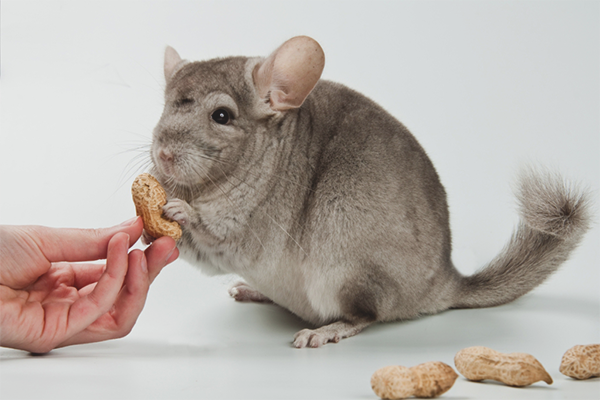
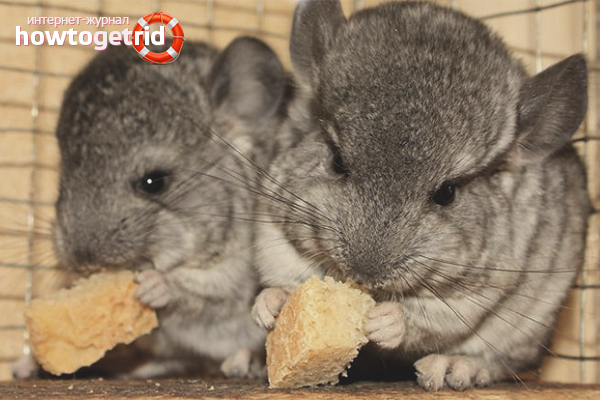
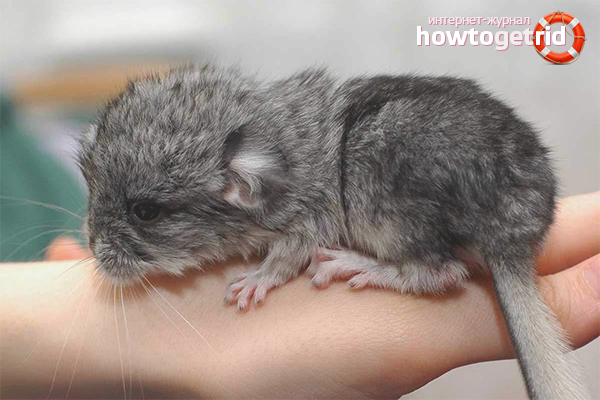

 3 votes, on average: 4,67 out of 5
3 votes, on average: 4,67 out of 5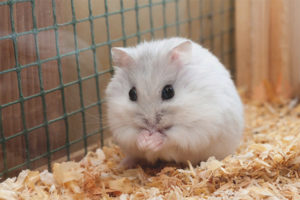
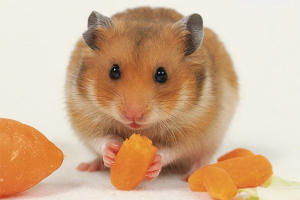
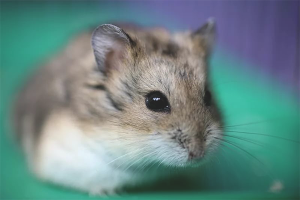
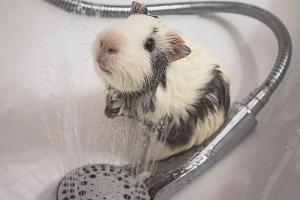



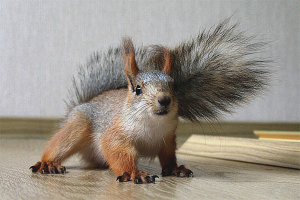
To send